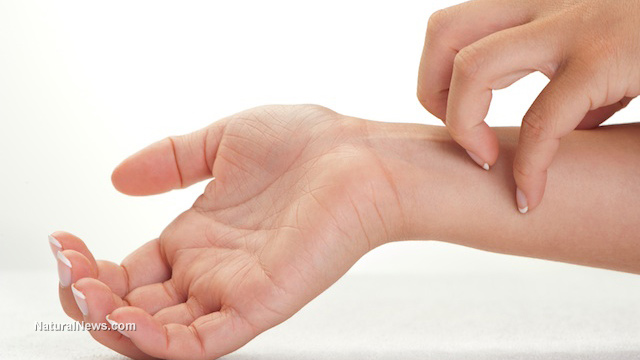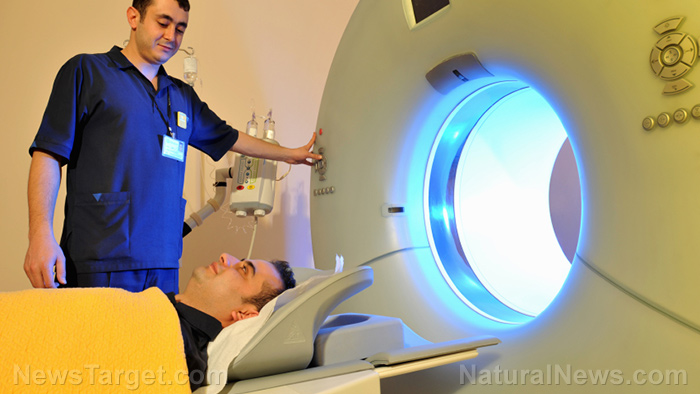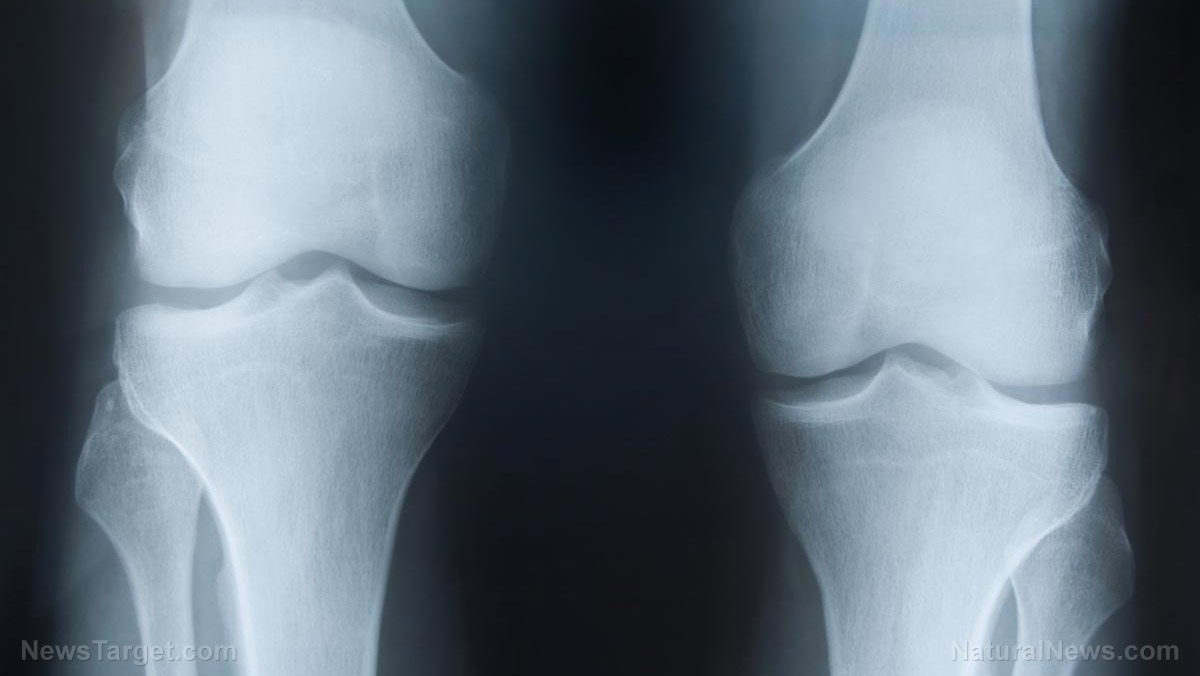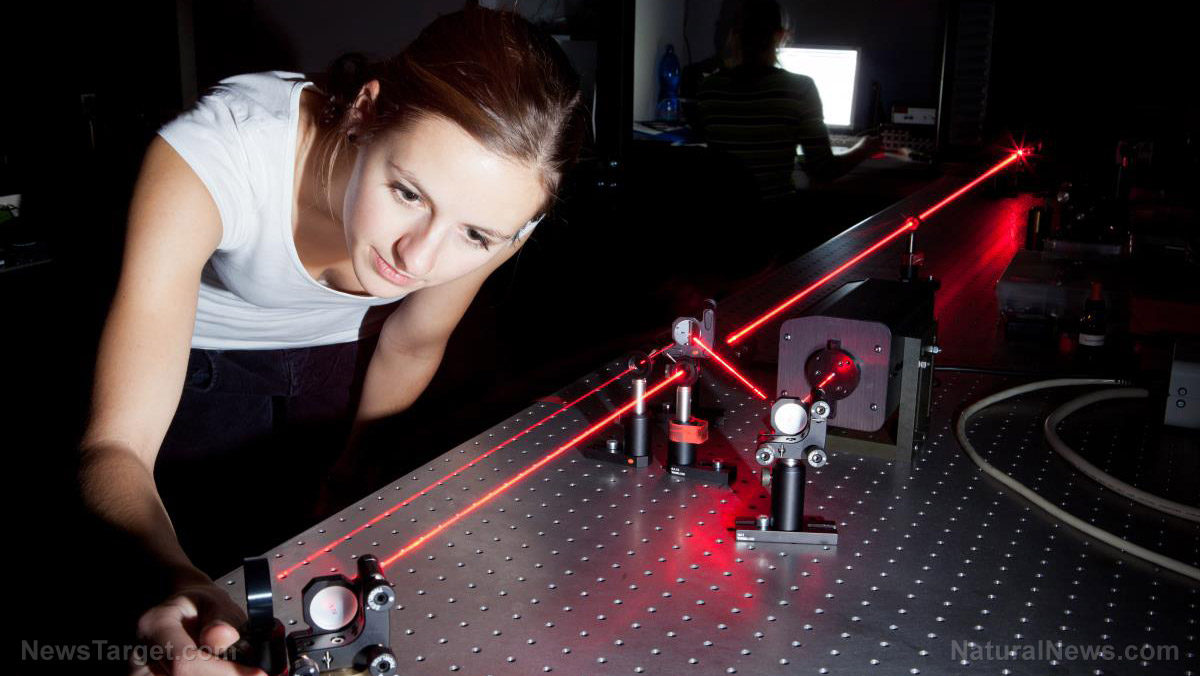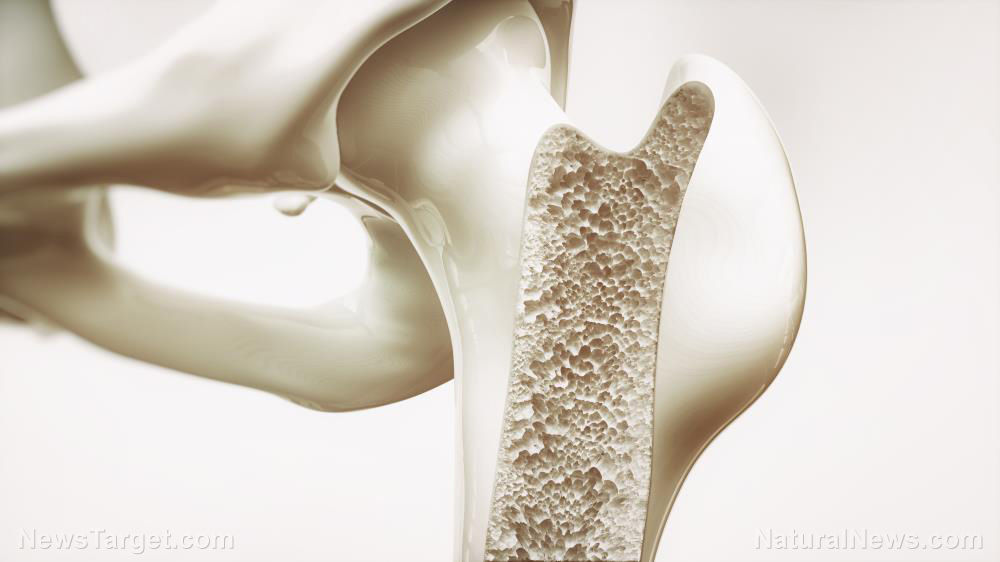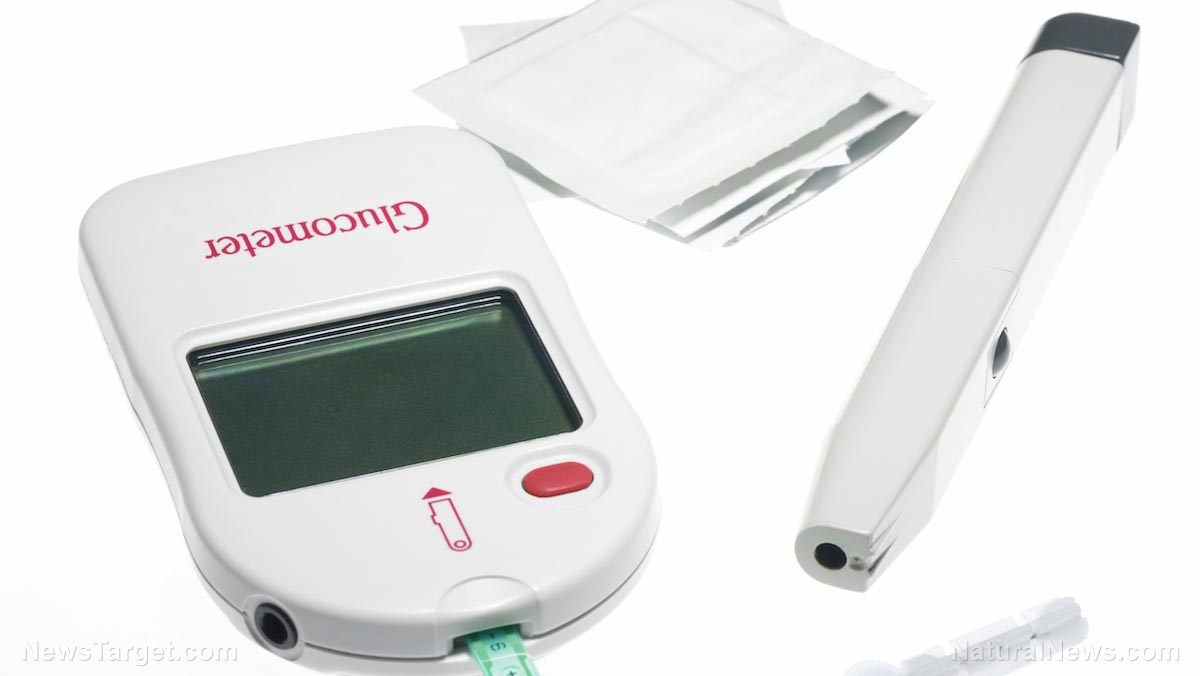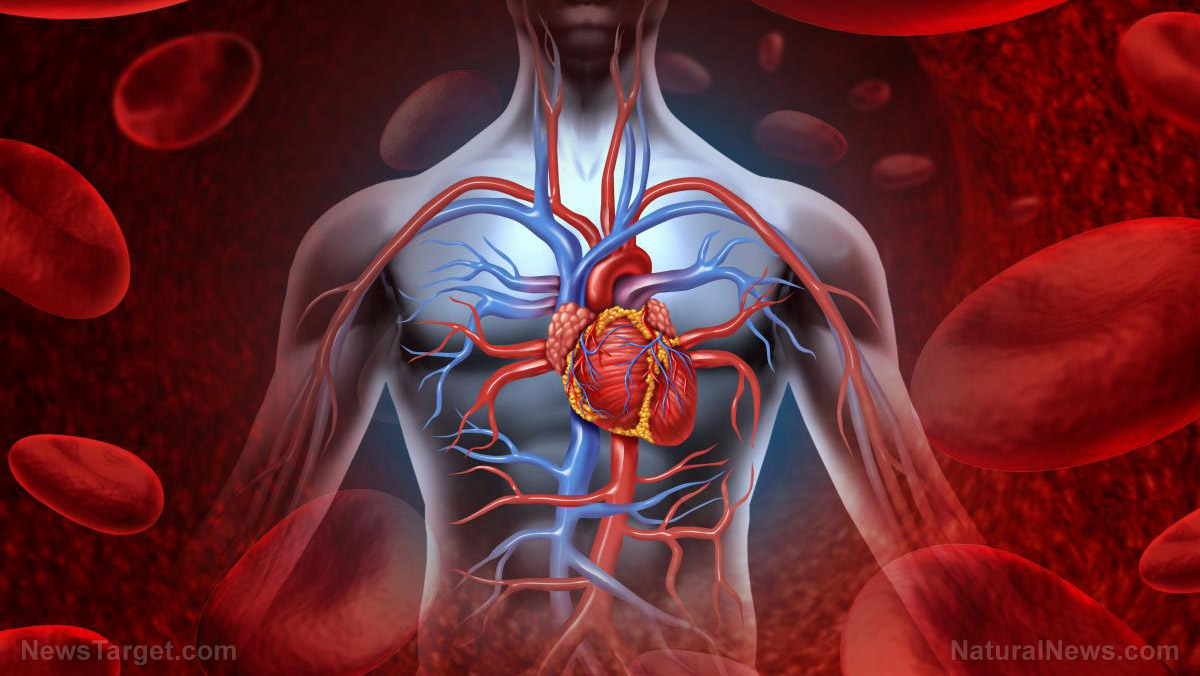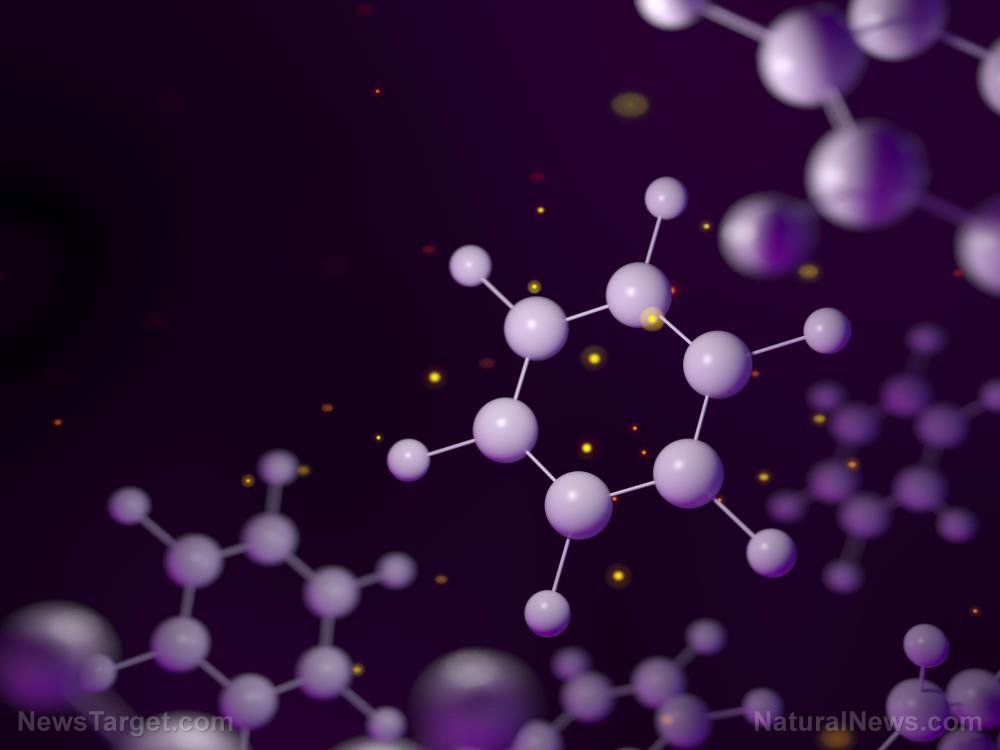Technology provides alternative for invasive medical tests; now police and athletes can use a breathalyzer for a “blood test”
02/25/2019 / By Zoey Sky
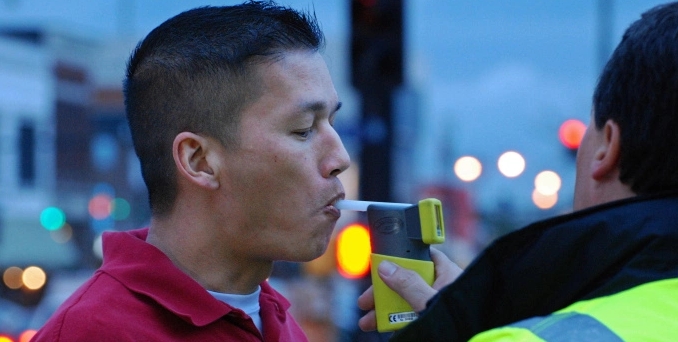
According to a recent study, breathalyzers can soon be used to test the condition of athletes and individuals who want to lose weight.
Thanks to a sensor developed by Eidgenössische Technische Hochschule Zürich (ETH Zurich, Swiss Federal Institute of Technology in Zurich) researchers, a breathalyzer can now be used to measure when the body starts burning fat. This moment can be determined by analyzing, for example, biomarkers in the blood or urine. Scientists at ETH Zurich and the University Hospital Zurich have created a way that allows for the “highly convenient, real-time monitoring of lipolysis by testing a person’s exhalations during exercise.”
Andreas Güntner, a postdoctoral student in the group of ETH Professor Sotiris Pratsinis, said, “When burning fat, the body produces by-products that find their way into the blood.” In the pulmonary alveoli, these molecules, especially the volatile ones, enter the air exhaled by the person. The most volatile of these lipid metabolites is acetone, and Güntner and his team have created a small gas sensor that measures the presence of this substance. The sensor is much more sensitive than previous ones since it can detect one acetone molecule among a hundred million molecules. It only measures acetone so the more than 800 other known volatile components in exhalations won’t influence the measurement.
Güntner et al. worked with pulmonary specialists from the University Hospital Zurich, who were led by Malcolm Kohler, Professor and Director of the Department of Pulmonology. The researchers tried the sensor on volunteers as they exercised. The test subjects finished a one-and-a-half-hour session on a bicycle ergometer with two short breaks, then the scientists asked the test subjects to blow into a tube connected to the acetone sensor at regular intervals.
Güntner shared, “We were able to show how the acetone concentration in the exhalations varies greatly from person to person.” Scientific opinion was under the impression that athletes “only begin burning fat after a certain period of physical exertion and on reaching a certain heart rate,” but this view is antiquated. The measurements taken by the researchers in Zurich revealed that lipolysis in some test subjects actually starts near the end of the one-and-a-half-hour training session. The measurements also showed that other volunteers began burning fat in their bodies earlier.
Control measurements prove that the new measurement method corresponds with the concentration of the biomarker beta-hydroxybutyrate in the blood of the participants. This blood analysis is one of the latest standard methods for monitoring lipolysis.
The sensor developed by the scientists used a chip coated with a porous film of special semiconducting nanoparticles of tungsten trioxide which the researchers implanted with single atoms of silicon. The chip used in the study is as small as a one-cent euro coin, but the researchers are working to create smaller chips.
While portable acetone breath tests already exist, they can only be used once and it takes several minutes before they show the results. Güntner said, “Our technology has the major benefit of being inexpensive, manageable and yet highly sensitive – plus it can take measurements in real time.” She continued, “This makes it suitable for everyday use, while working out at a fitness centre or for people on a diet.”
The scientists are going to continue working on their measurement method so they can eventually market it. The team already has a prototype of the instrument, and the scientists are also working on developing gas sensors for other medically relevant molecules in exhalations, including ammonia to test kidney function, isoprene to test cholesterol metabolism, and various aldehydes for the early detection of lung cancer. (Related: New Breathalyzer Technology Detects Cancer, Asthma.)
In 2016, a group of researchers published a separate study about a breathalyzer that was able to diagnose as many as 17 different diseases such as irritable bowel syndrome and multiple sclerosis.
Sources include:
Tagged Under: biomarkers, blood test, breathalyzer, goodtech, lipolysis, medical devices, medical tech, technology




